|
Arabel had it's premiere at the New Hampshire Film Fest in October! It was a great event (a favorite moment for me was Michelle MacLaren, director of my favorite Breaking Bad episodes, giving a behind-the-scenes panel). Check out some of the highlights! Arabel was also one of four short films chosen to open the Cape Ann Film Fest in Gloucester, MA on October 30th! We're really honored to be a part of these great events and in the company of such amazing talent. Thanks to everyone involved!
|
Archives
May 2023
Categories
All
|
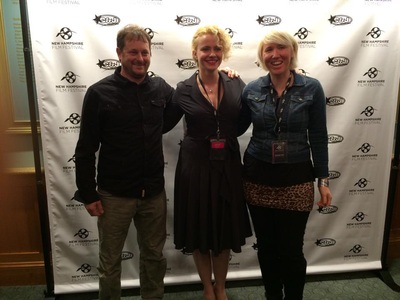
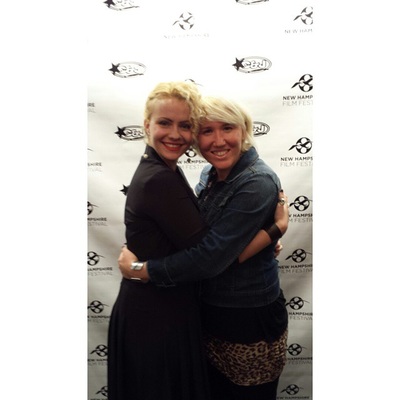
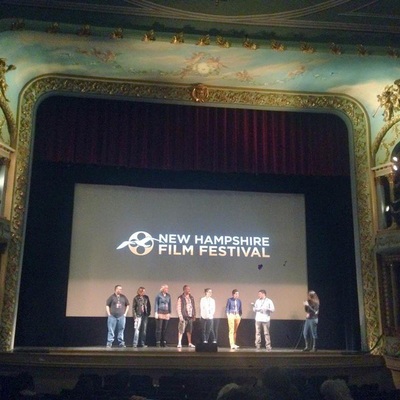



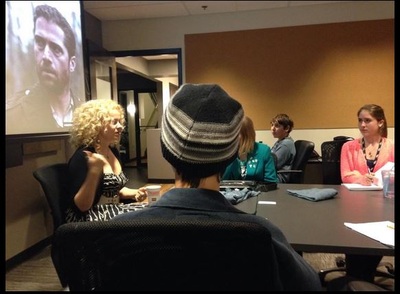

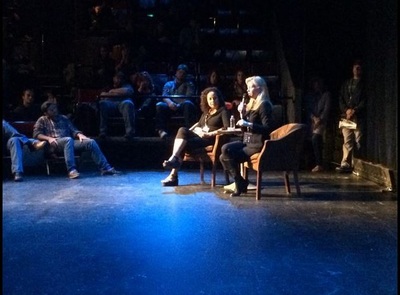
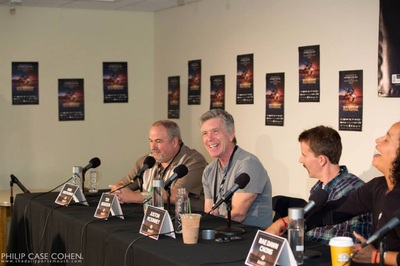
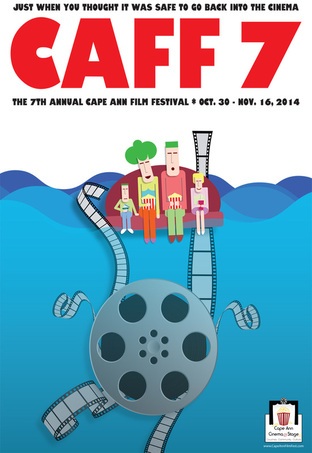
 RSS Feed
RSS Feed